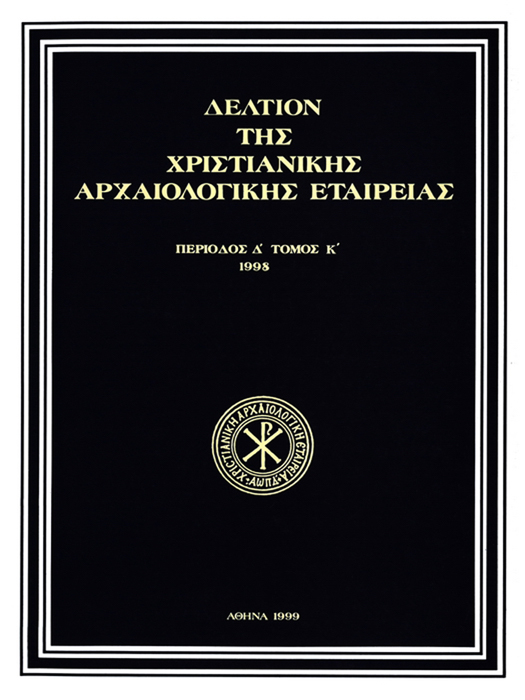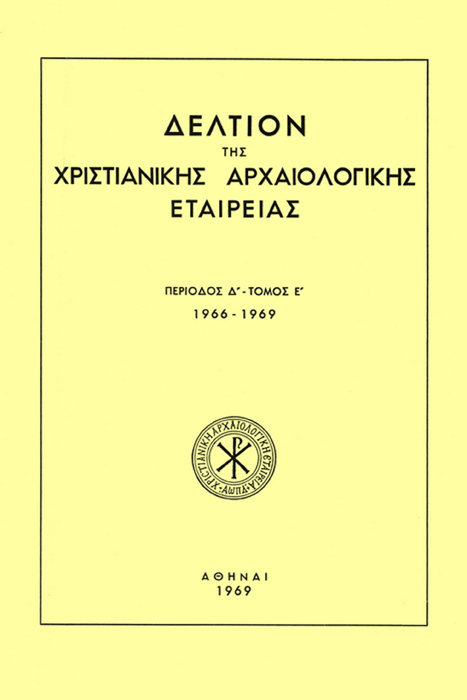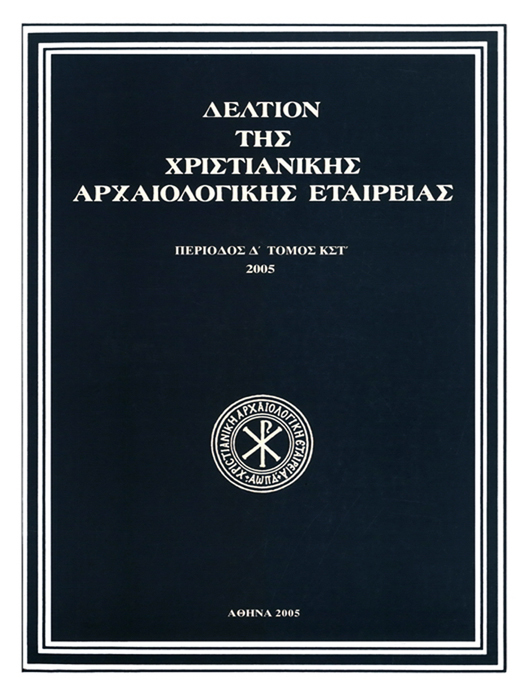The geographic and temporal limits of pseudo-Kufic decoration

Abstract
The use of pseudo-Kufic inscriptions as architectural decoration for walls, in the form of ceramic features, as well as for marble architectural members is limited to Greece (Central Greece, the Peloponnese and Euboia) from the mid 10th century until the end of the 12th century. It is ascertained that the starting point for this form of decoration is the monastery of Hosios Loukas and the church of the Virgin in particular. Three cases of pseudo-Kufic decoration are noted that are directly related to the capital (glazed tiles from Constantinopolitan workshops and an inscribed architectural member from Chios). The fact that the church of the Virgin of Hosios Loukas has numerous Constantinopolitan architectural elements makes it reasonable to suggest that its pseudo-Kufic decoration originated also in Constantinople.
Article Details
- How to Cite
-
ΜΠΟΥΡΑΣ Χ. (2013). The geographic and temporal limits of pseudo-Kufic decoration. Deltion of the Christian Archaeological Society, 34, 25–32. https://doi.org/10.12681/dchae.1704
- Section
- Articles
The copyright for articles in the journal Deltion of the Christian Archaeological Society (henceforth Deltion) is retained by the author(s), with first publication rights granted to the journal and to EIE/ EKT the right to store and communicate these articles to the public via its information infrastructures. By virtue of their appearance in this journal, articles are free to use with proper attribution for non-commercial uses under a ShareAlike obligation. The Christian Archaeological Society and EIE/EKT retain the worldwide right to reproduce, display, distribute, and use articles published in the Deltion in all formats and media, either separately or as part of collective works for the full term of copyright. This includes but is not limited to the right to publish articles in an issue of the Journal, copy and distribute individual reprints of the articles, authorize reproduction of articles in their entirety in another publication of the Christian Archaeological Society, and authorize reproduction and distribution of articles or abstracts thereof by means of computerized retrieval systems.












